 |
 THE RISING SEA DRAGON IN ASIA - 2009 UPDATE By Jeff Head - Last Update: January 26, 2013 |
 |
               
(Click on any image for a larger picture)  In 2008 the People's Liberation Army Navy (PLAN) has continued to concentrate on integrating its new surface combatants into its various fleets, while continuing to introduce new combatants simultaneously...as it did in 2007 In particularly, the PLAN has added more of the new nuclear attack and ballistic missile submarines, punctuating the PLAN's continued advance and improvement of its nuclear submarine capability, while continuing to build and add more new diesel electric submarines. In addition, the PLAN has restarted its new guided-missile frigate production and is continuing serial production of the very capable Type 054A frigates. The new Type 071 Landing Platform Dock has completed significant trials and integration and had its pennant number added. More of these modern amphibious assault vessels are expected. In late 2008, the People's Republic of China officially statetd its intention to build two large, fixed-wing, aircraft carriers during the twenty teens. They will probably be built at the very large and new, Changxing shipyards near Shanghai. This is fueling speculation that the Varyag, continuing to be refitted in the PLAN's Dalian shipyards, will be launched as a trsinging aircraft in the near future. At the very end of the year, in late December 2008, all of the PLAN planning, logistics, development, and strategy were put to use for when a PLAN task force consisting of two of the People Republic's newest and most capable guided missile destroyers and one of the newer replenishment vessels, was deployed into the Indian Ocean to combat Somali pirates that had confronted and attacked a number of Chinese (and many other nations') commercial shipping in the area. It is the first combat deployment of Chinese Navy vessels outside of its own coastal waters in the China Seas in modern times and will give the PLAN more experience in such foregin, blue water deployments. The current task force is schedule to be rotated with another task force consisting of the same class vessels every three months. Finally, although no new very large surface combatants were started in 2008, the PLAN nevertheless continues its unprecedented modernization and buildup, integrating into its ongoing operations its new guided missile destroyers, guided missile frigates, fast attack craft, very modern and quiet diesel/electric attack submarines, nuclear attack submarines, nuclear ballistic missile submarines, logisitic support craft, amphibious assault craft, and the infrastructure and aircraft to support them.
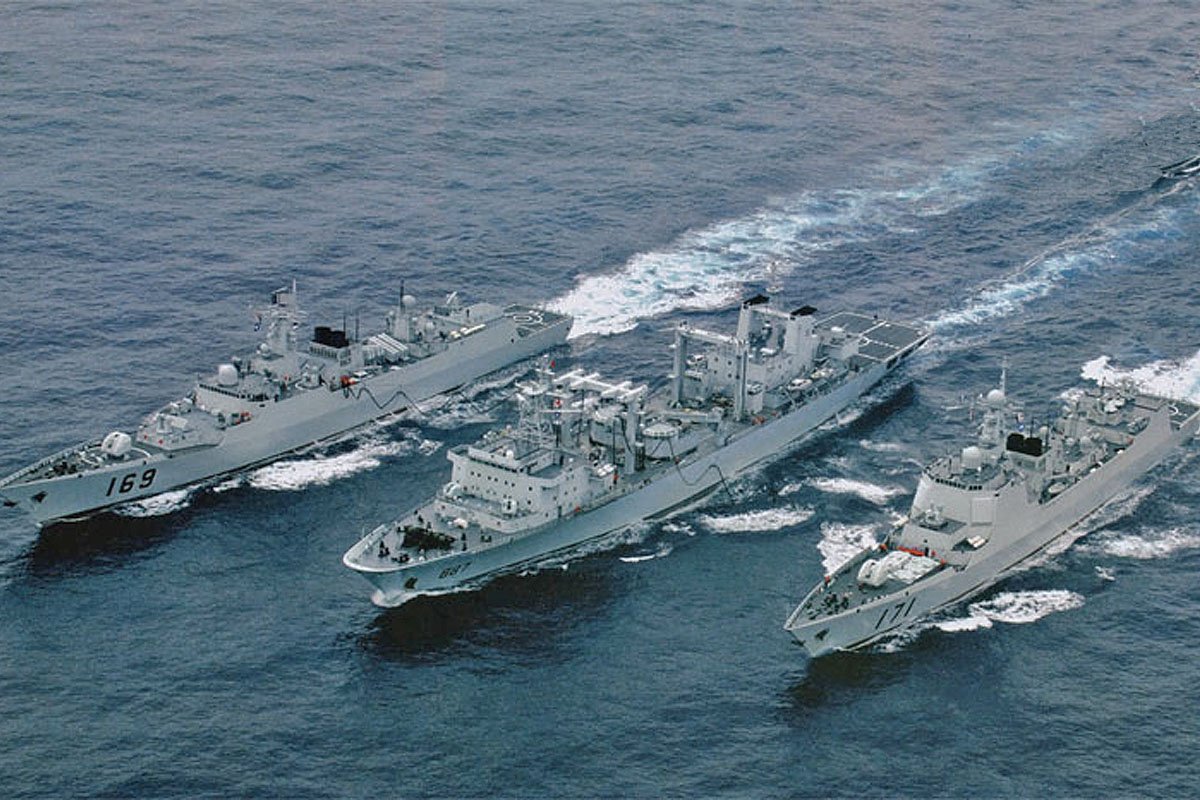
 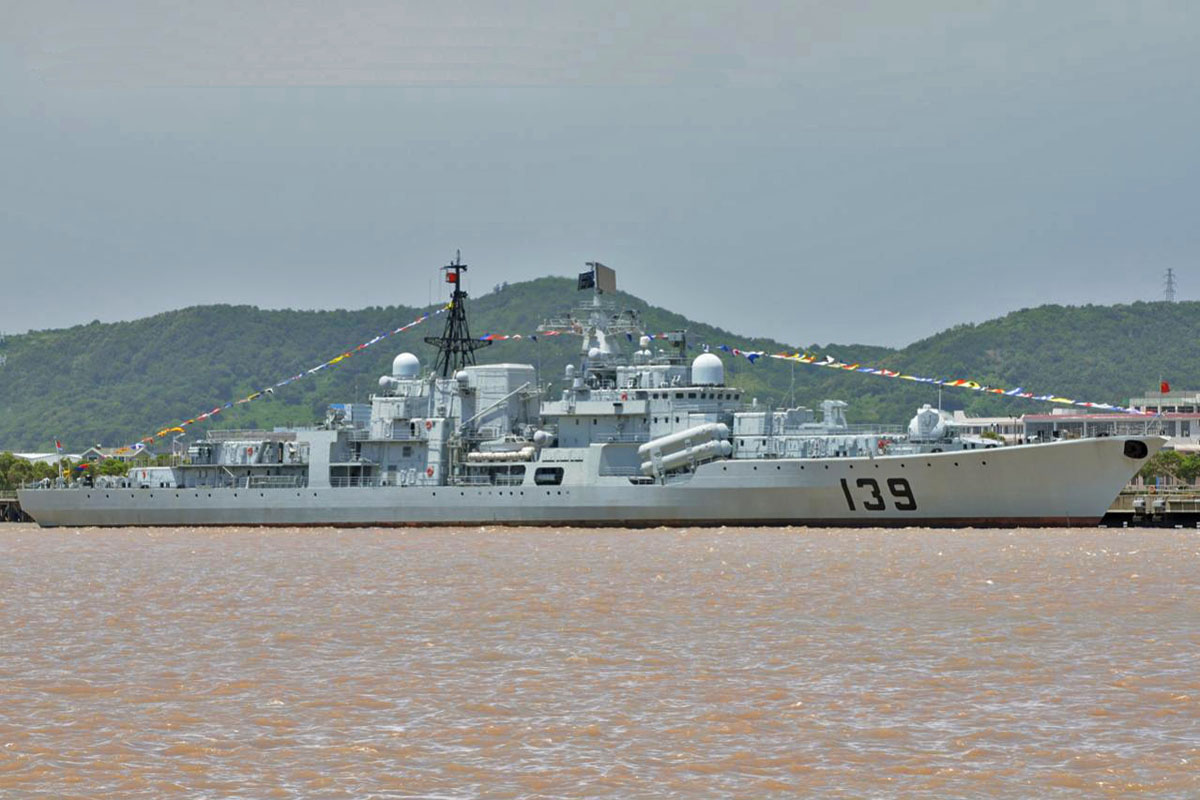   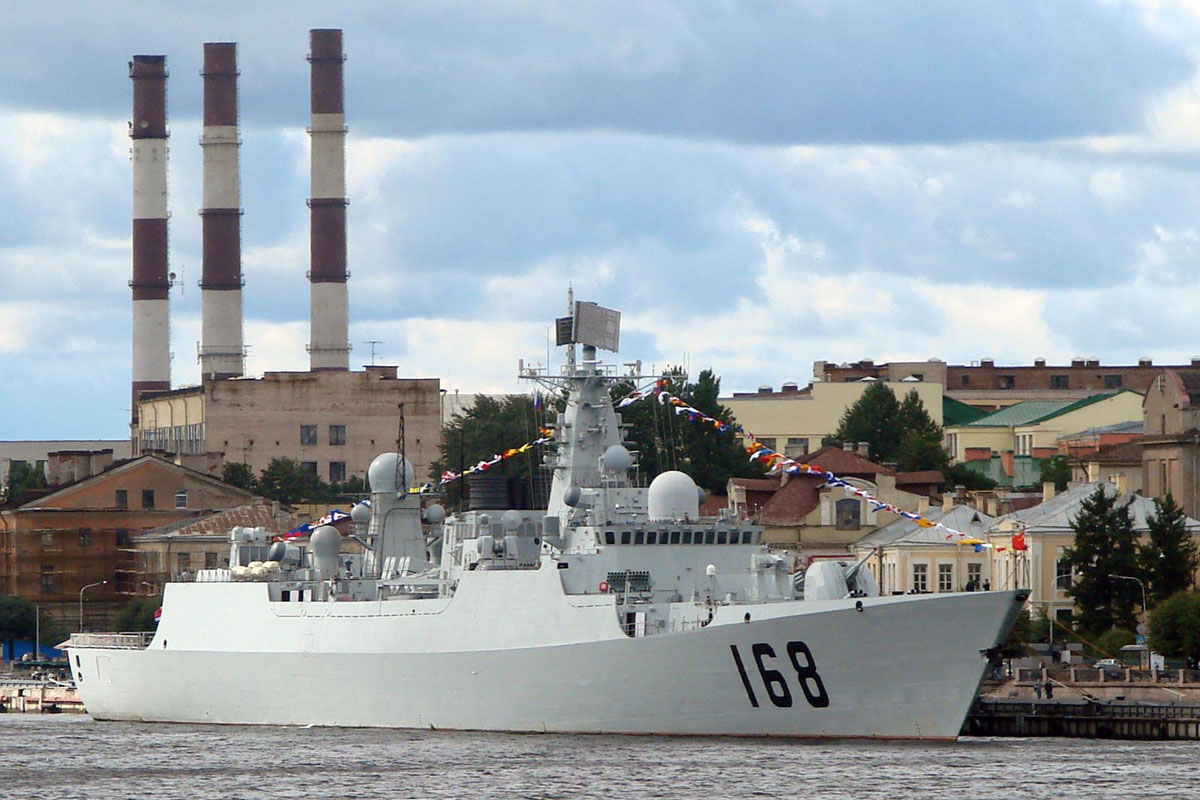 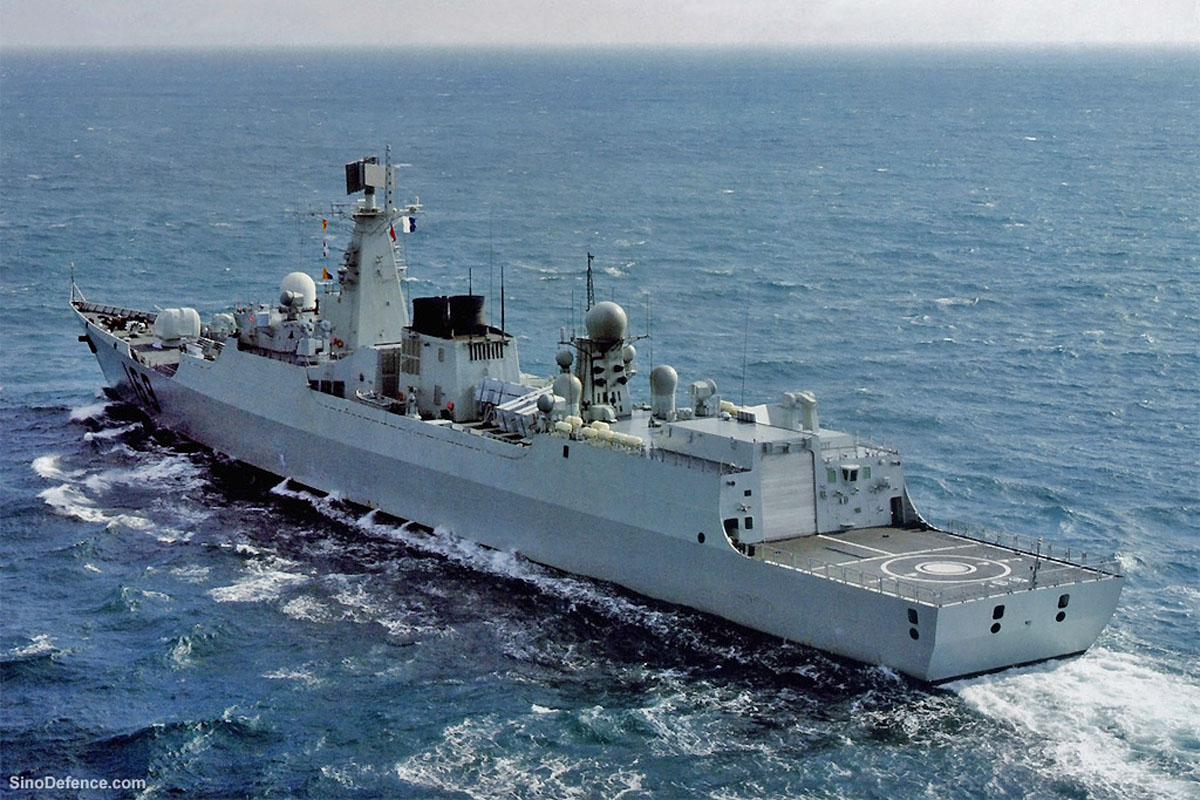 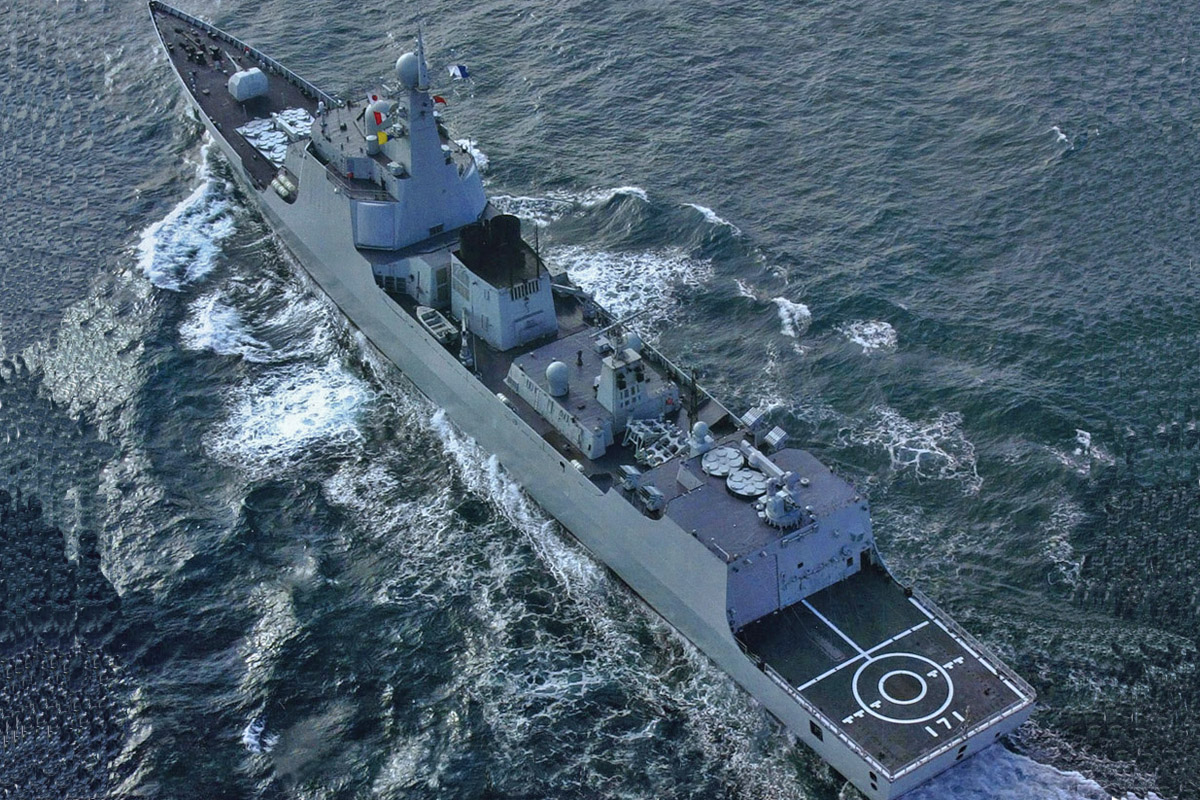 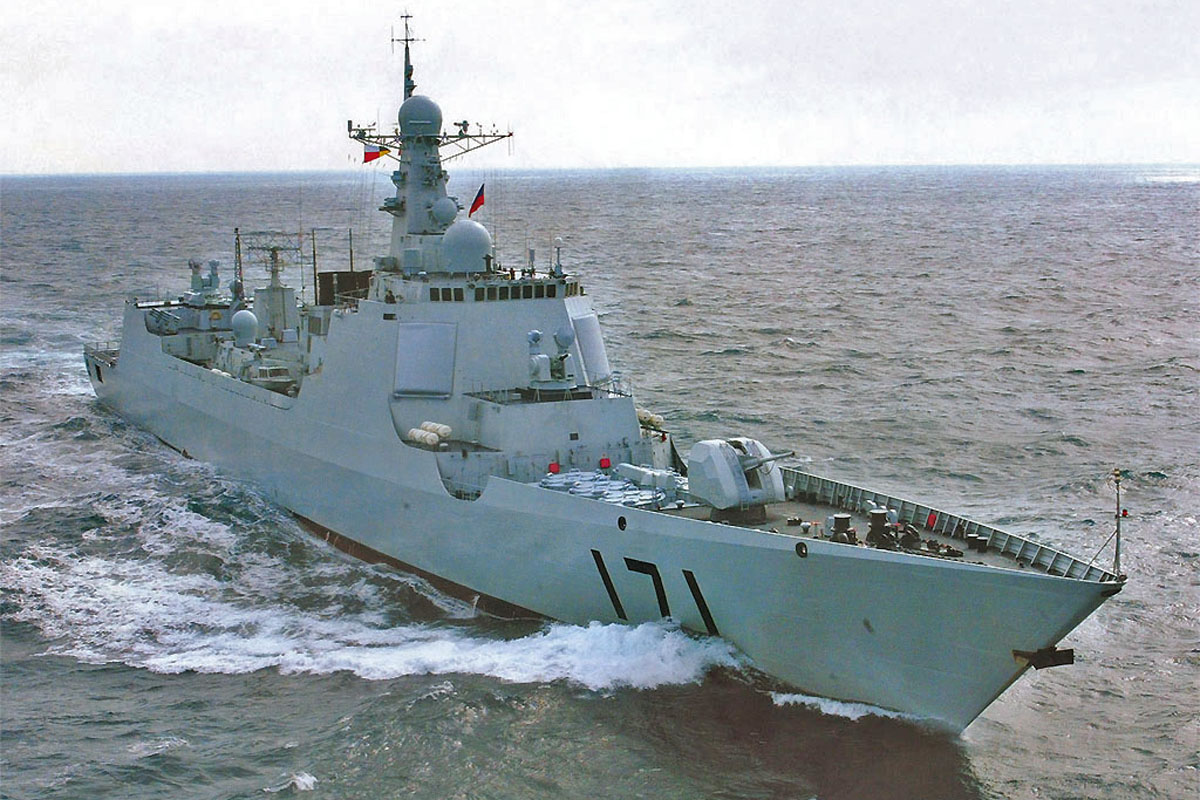
The new modern guided missile destroyers conducted significant training and integration exercises throughout 2008. This included the Hangzhou (Project 956), the Luzhou (Type 51C), Luyang (Type 52B), and Lanzhou (Type 52C) classes.
 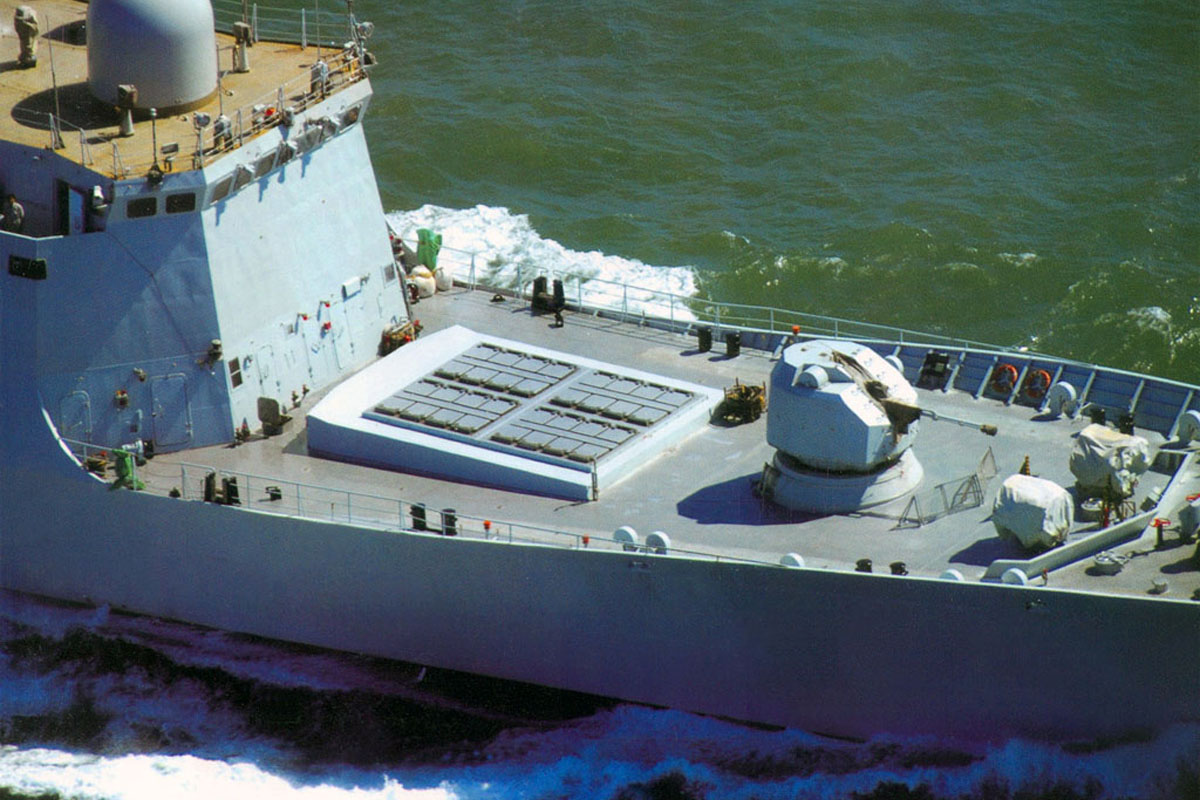  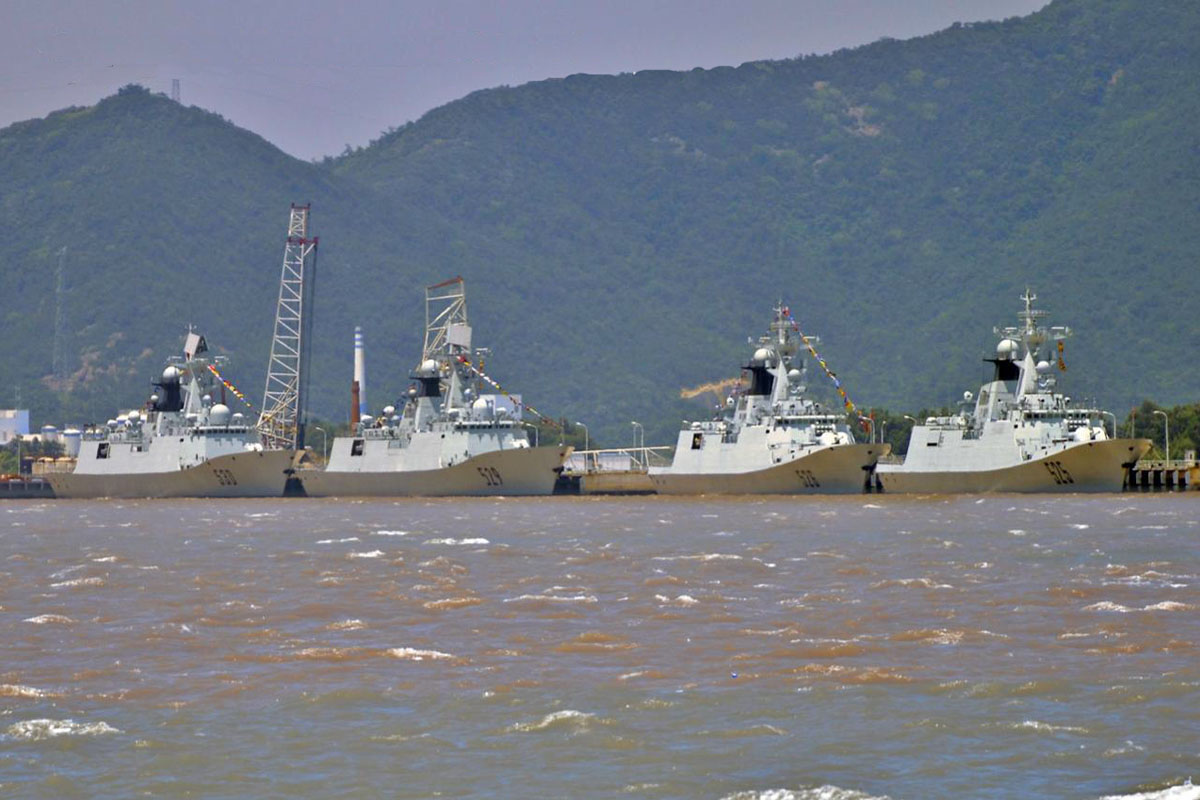 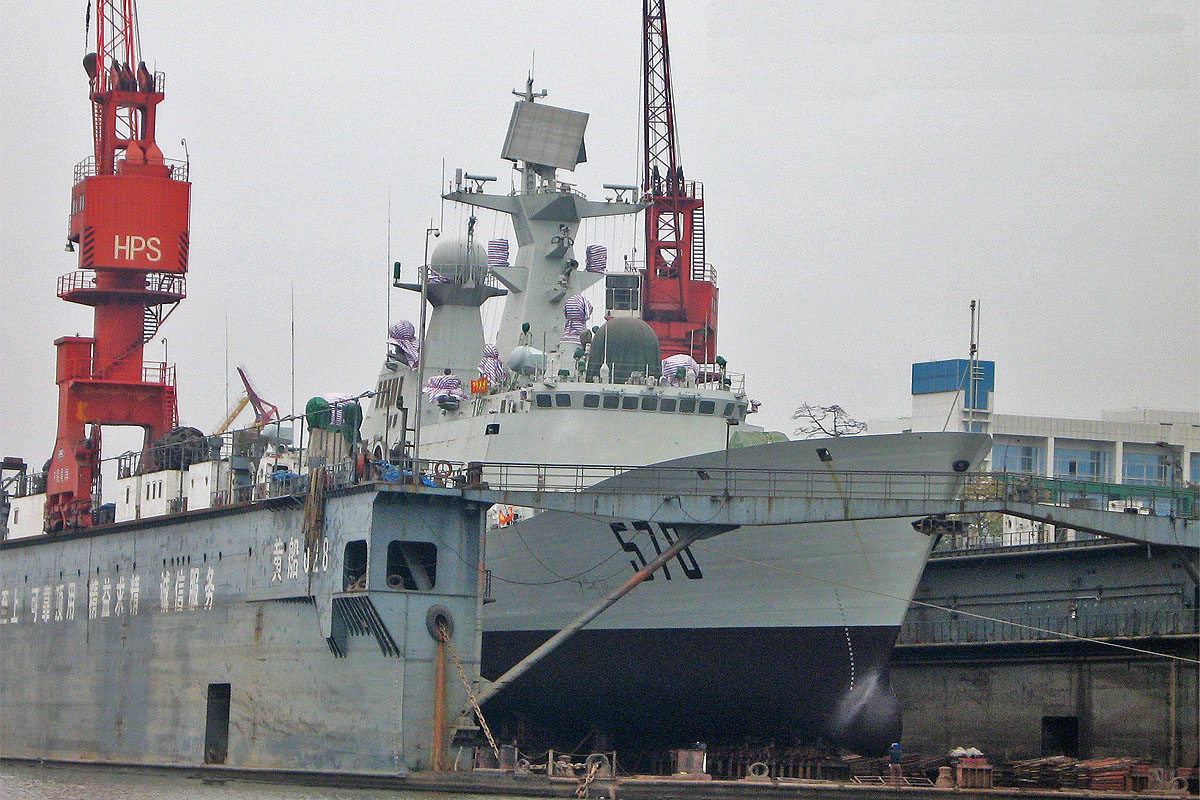 
All six of the initial Type 054, Jinagkai I , and Type 054A, Jiankai II class guided missiles frigates have been fully integrated into the PLAN fleet. The Type 054A frigates are modern, multi-purpose frigates with a strong anti-aircraft capability, as well as anti-submarine and anti-surface capabilities. The production lines have started up again with another two being built, and two more expected right after that with serial production.
 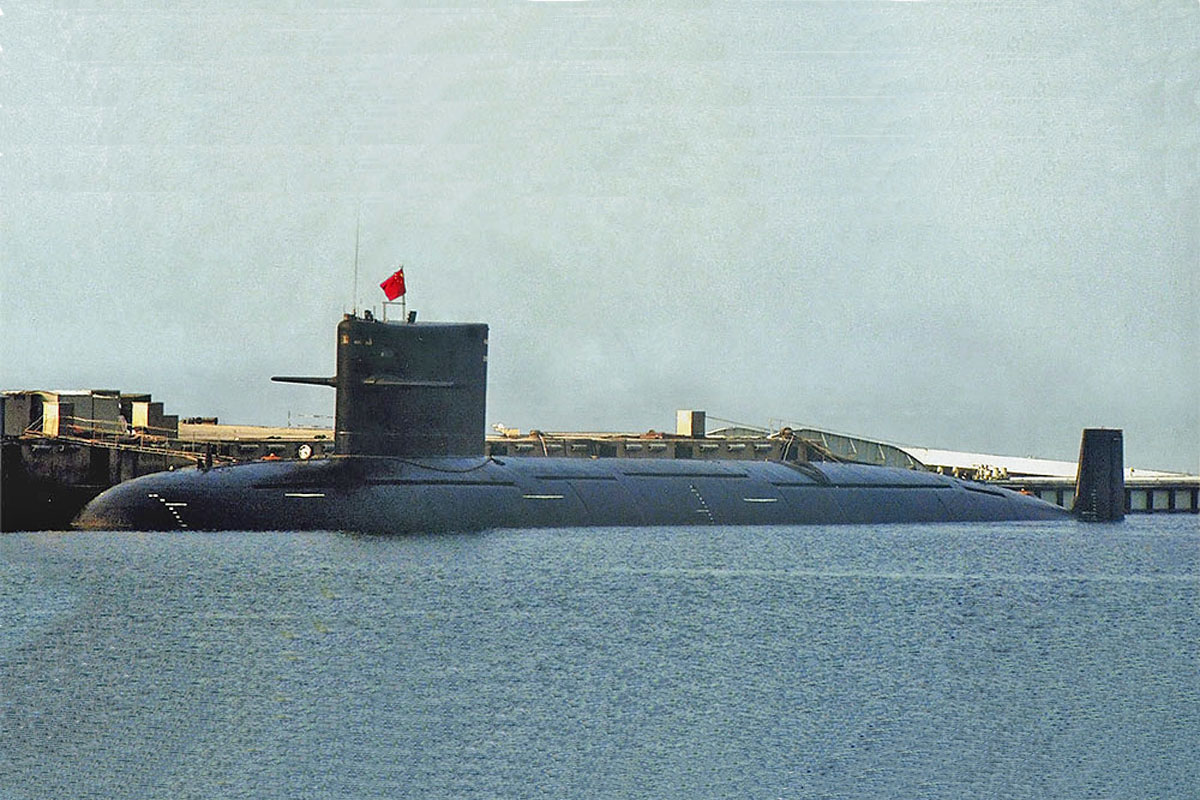 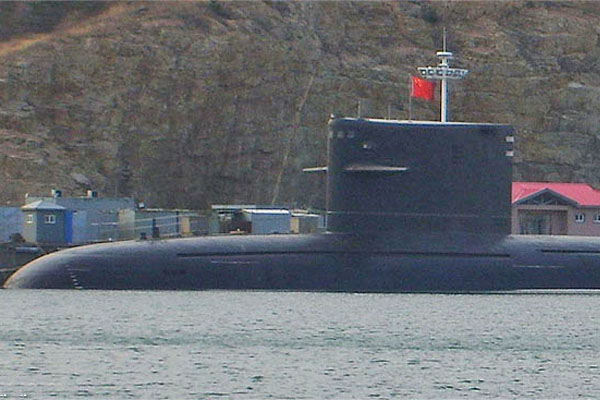 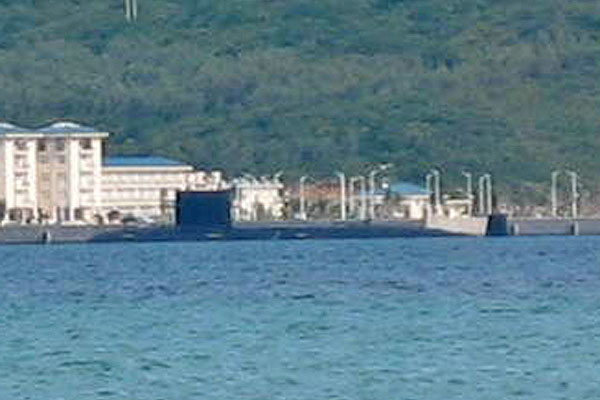 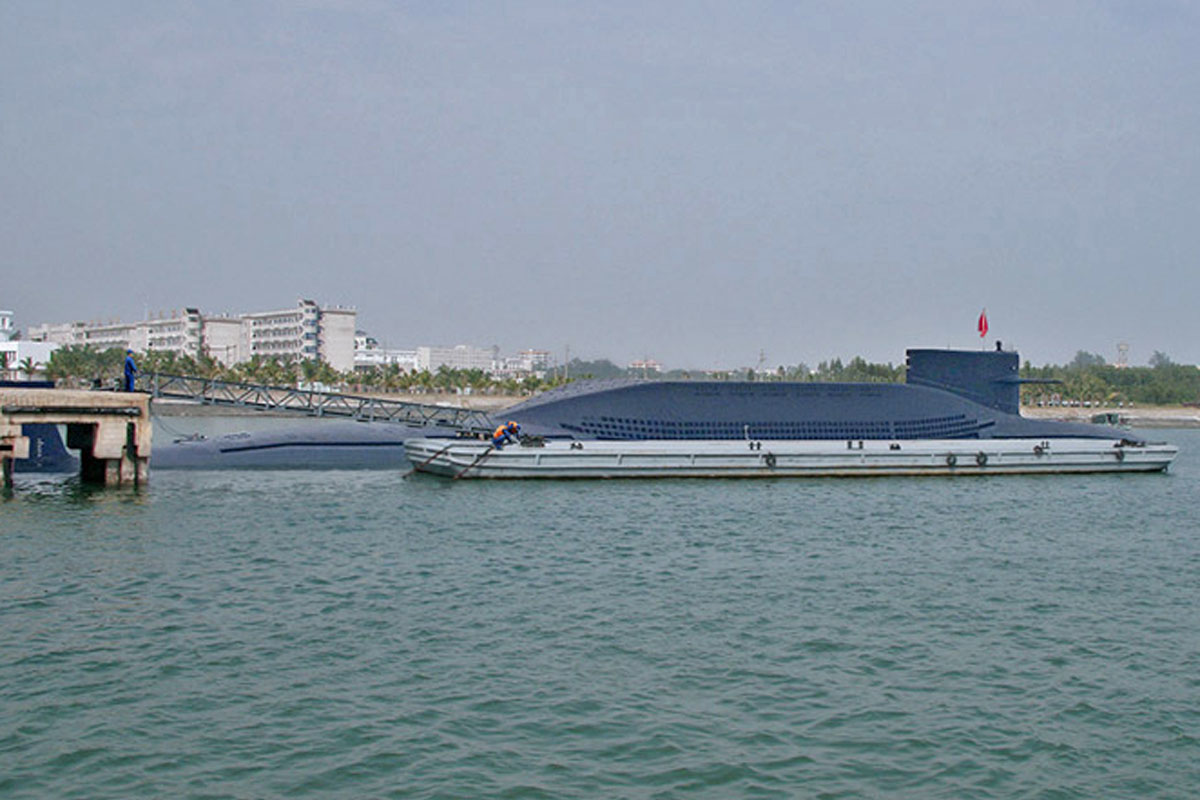 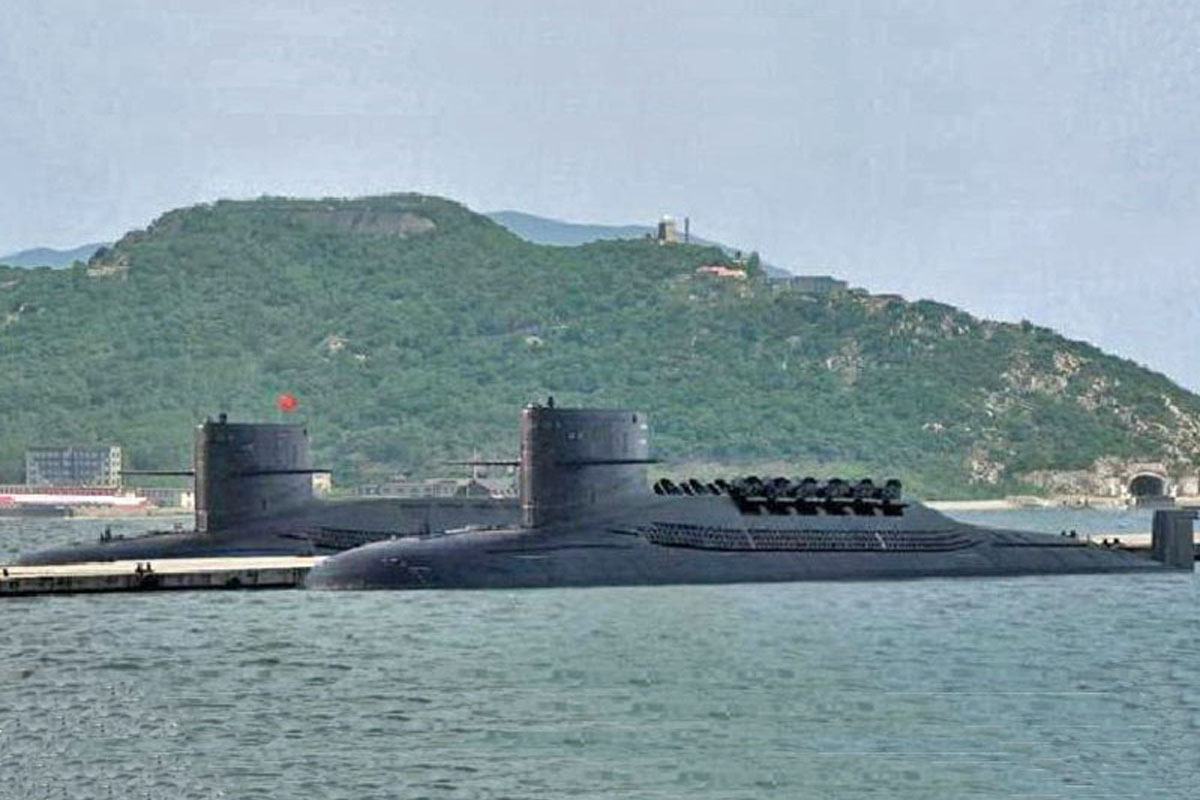
The new Type 093 nuclear attack submarines (SSN) and Type 094 ballistic missile submarines (SSBN) have been conducting exercises throughout 2008. During those exercises it has become apparent that additional units have been added. The SSN appears to be roughly equivalent to a US Navy Los Angeles attack submarine in design and capability, and perhaps close to the advanced Los Angeles class. The SSBN carries 12 SLBMs, each with a range of several thousand kilometers. Once again it cannot be over emphasized how critical these developments are in the relative sea power in the western Pacific, particularly as the PLAN continues to add more of these vessels. Apparenmtly as many as four of the new SSNs have been launched, while at least two, and perhaps three of the new SSBNs have been launched to date.
 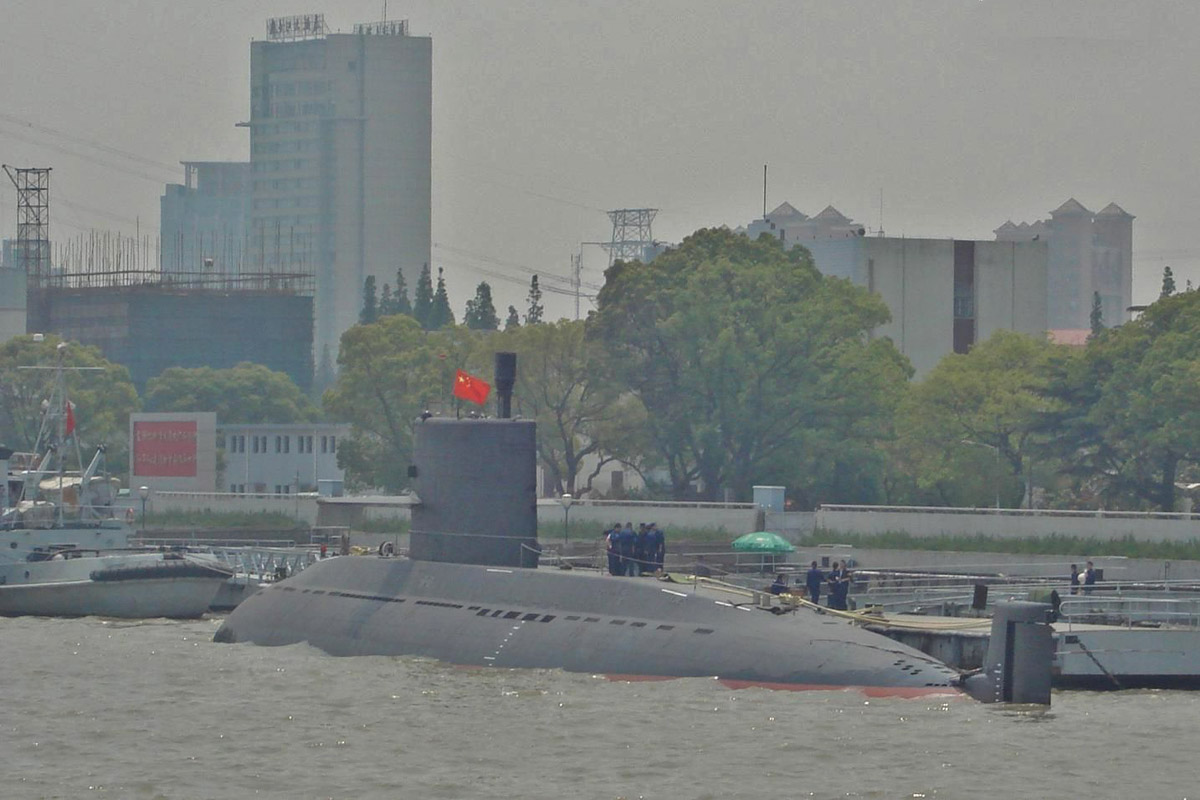  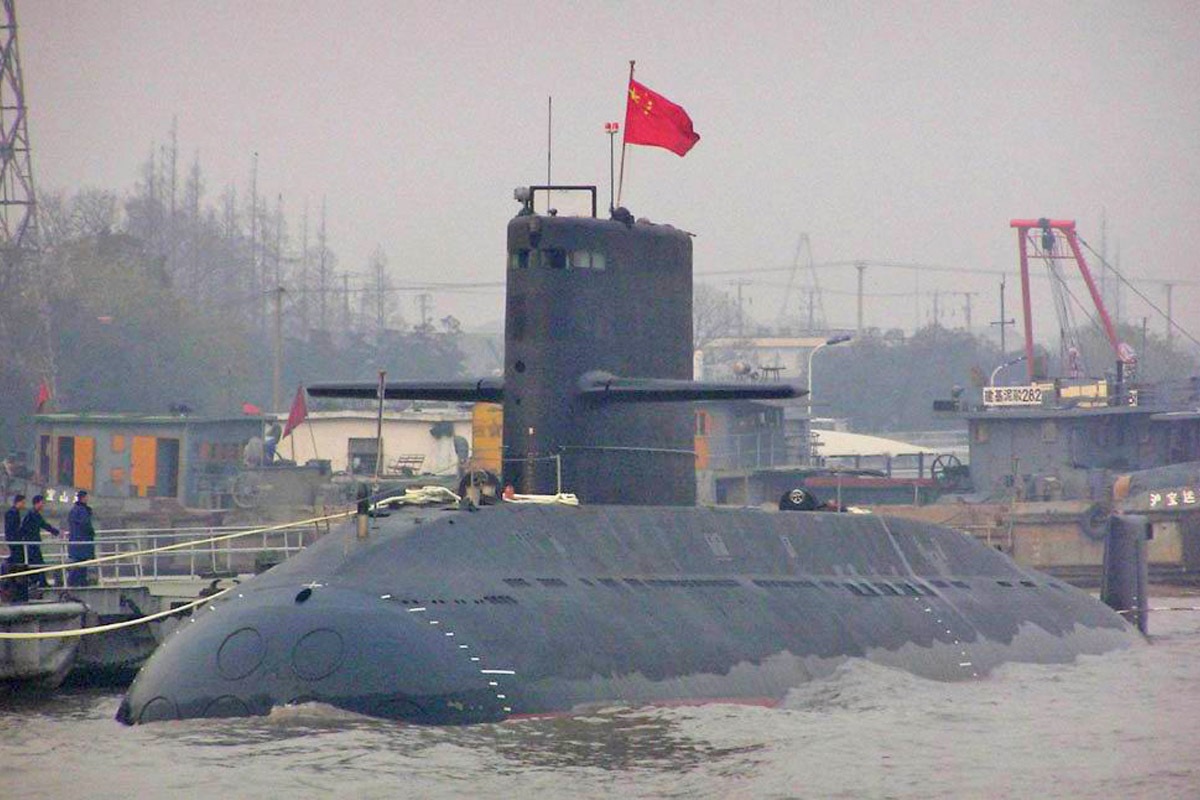  
The PLAN has continued to introduce and integrate new, modern diesel-electric submarines into its fleet. Many of these submarines have Air-Independent-Propulsion (AIP) capabilities which make them very dangerous underwater threats, particularly in littoral waters. The later Song class, and now the new Yaun class are very capable vessels in this regard.
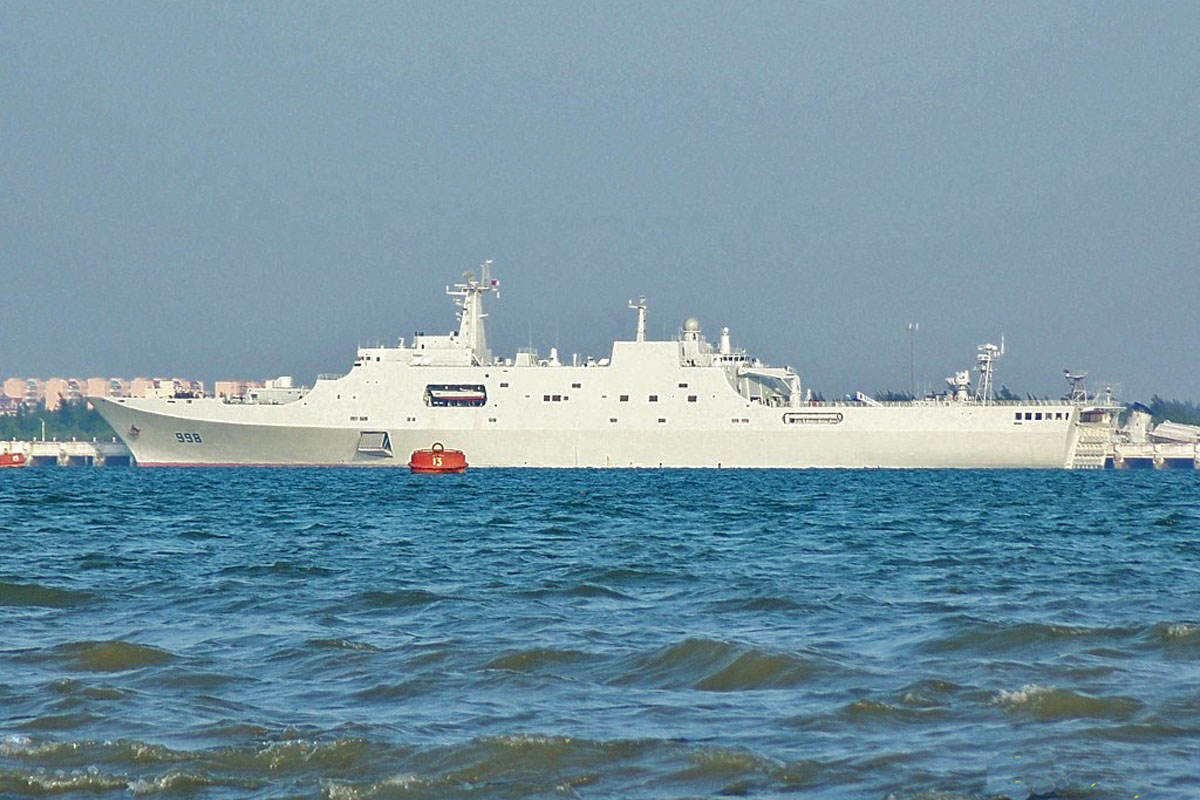   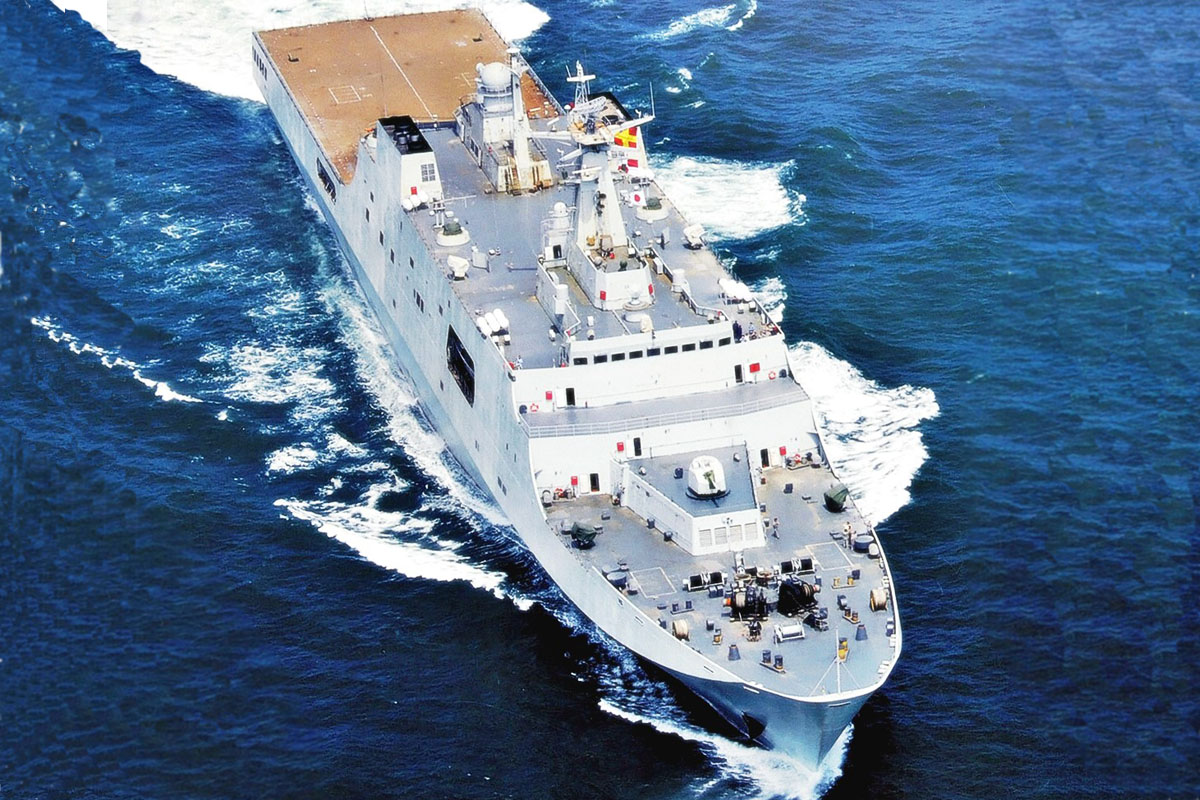 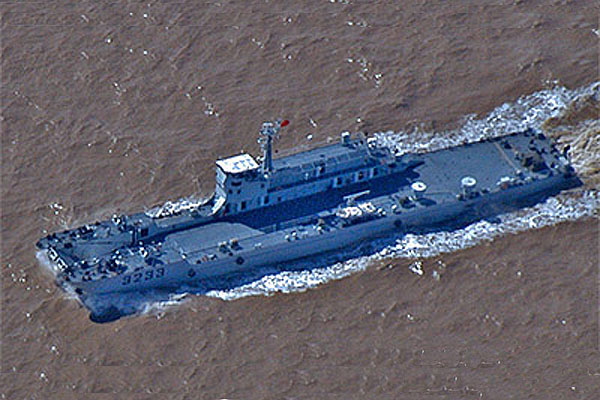   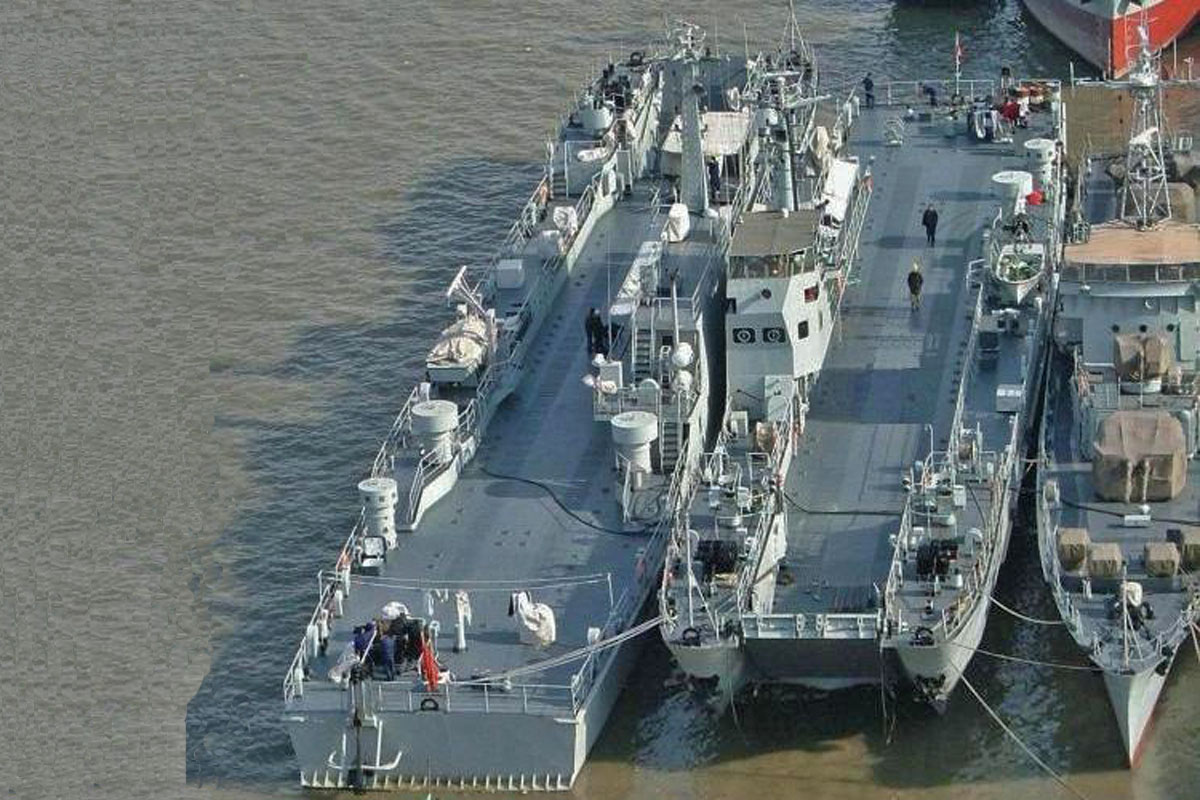
The new Landing Platform Dock, Kunlunshan (hull No.998) , Type 071, has conitues with its trials throughout 2008. This is the largest indigenously built warship in the history of the PLAN and is a capable vessel, smaller than the US San Antonio class, but along the same line in terms of its intended capability. It is expected that more of these vessels will be built. At the same time, the PLAN has introduced and launched serial production for their new medium landing craft, the Type 074A. This vessel is very similar in appearance and function to the US Navy LCU 1600, although it is somewhat larger at 800 tons, versus 450 tons for the US vessel.
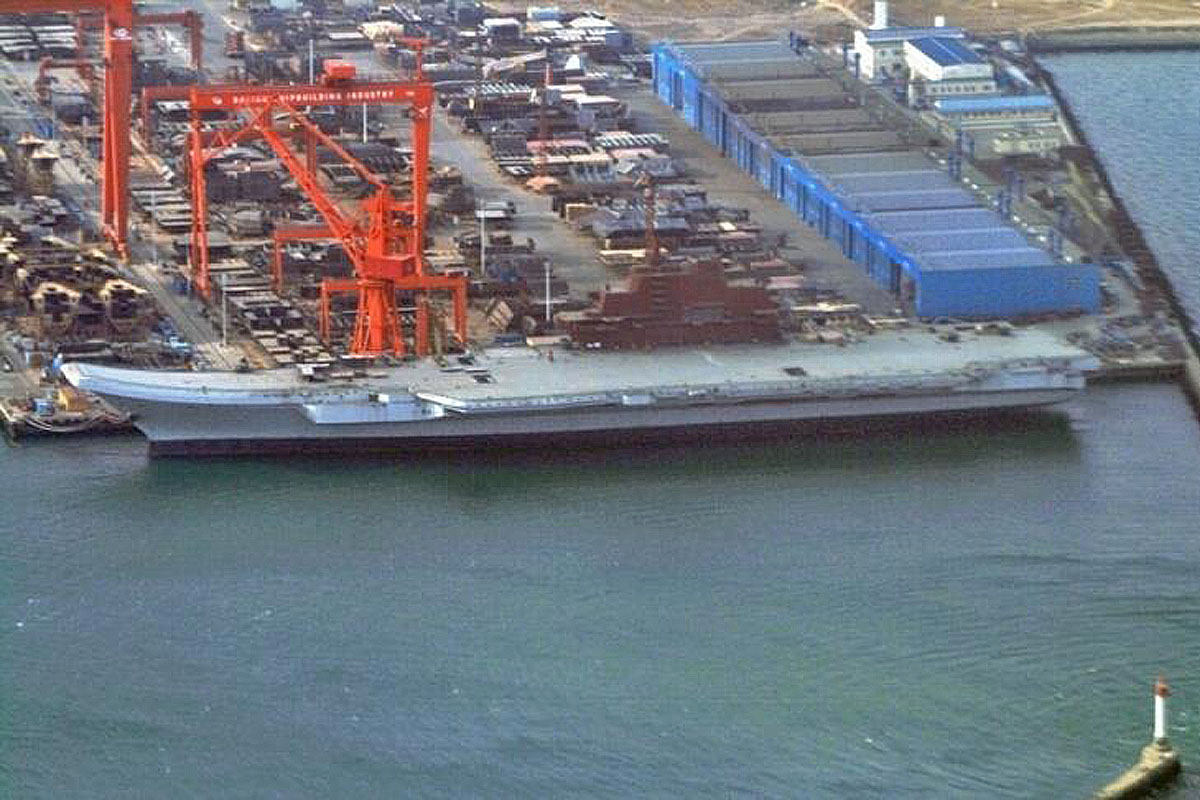 
Although no large progress and development can be announced regarding the Varyag, in December of 2008, the People's Republic of China announced its intention to build two indigenous, large, fixed-wing aircraft carriers. This has fueled speculation that the Varyag, which continues to undergo steady outfitting in Dalian Shipyard, will be launched as a training platform for those new vessels which are expected to be similar in appearance and overall function to the Varyag.
 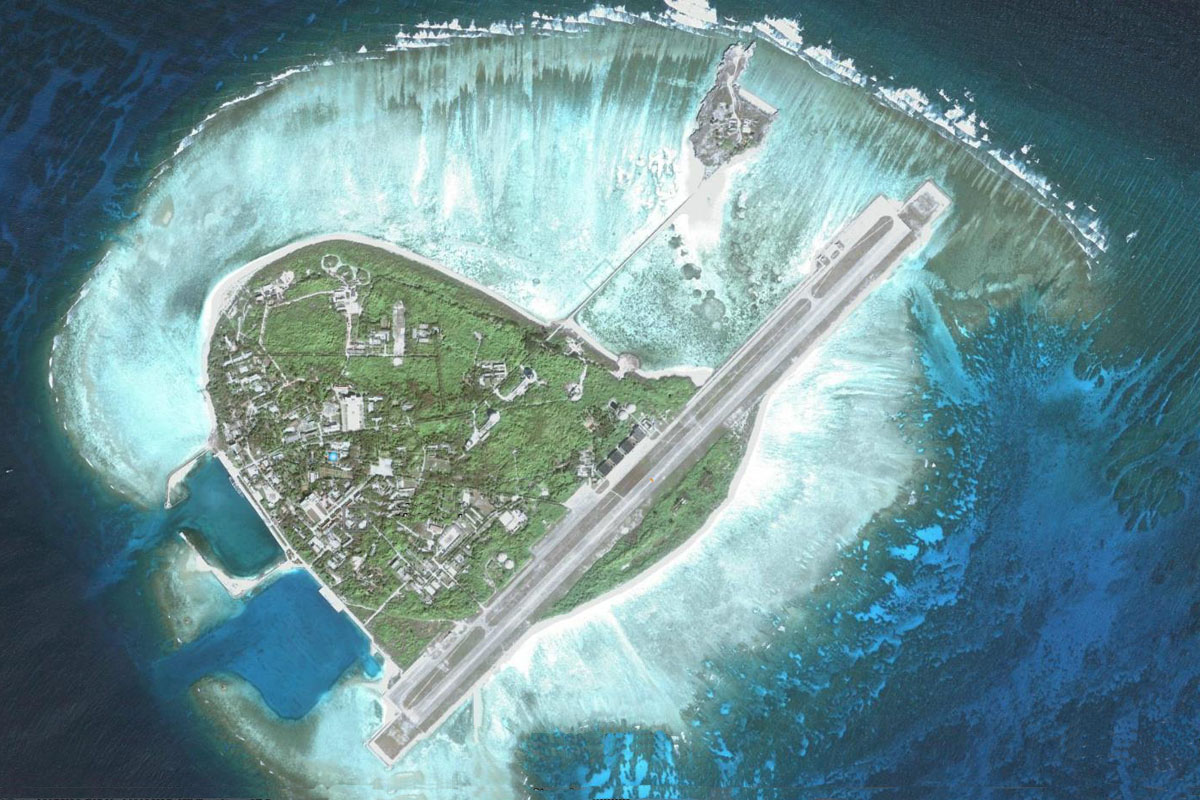
Throughout 2008 the PLAN has continued to develop infrastructure to support its overall maritime goals. Good examples of this are the new Changxing Naval Shipyards near Shnghai where the two new aircraft carriers are expected to be built, and the airfield and infrastructure on Woody Island in the China Sea.
   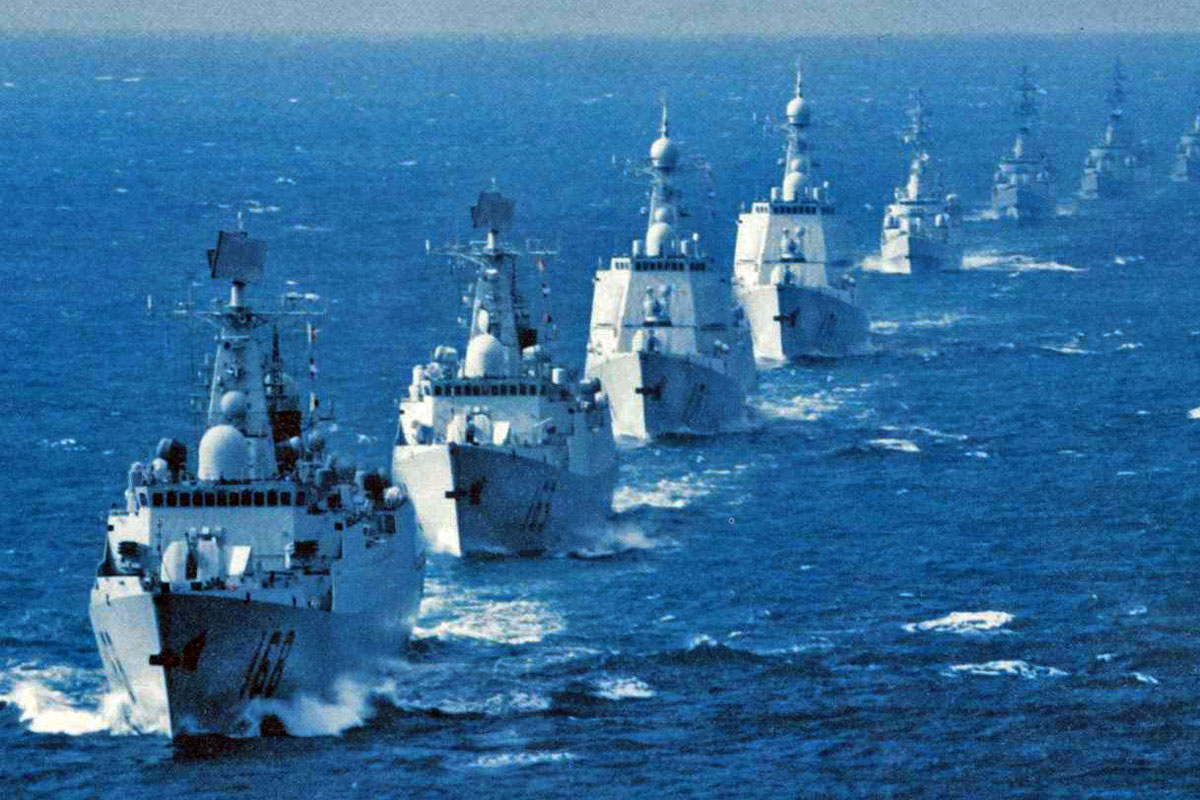  Numerous training exercises have been conducted throughout 2008 in the China Sea and extending beyond those waters, which have helped the PLAN to integrate its new vessels and other equipment into its overall operations, including combined arms and amphibious operations.
 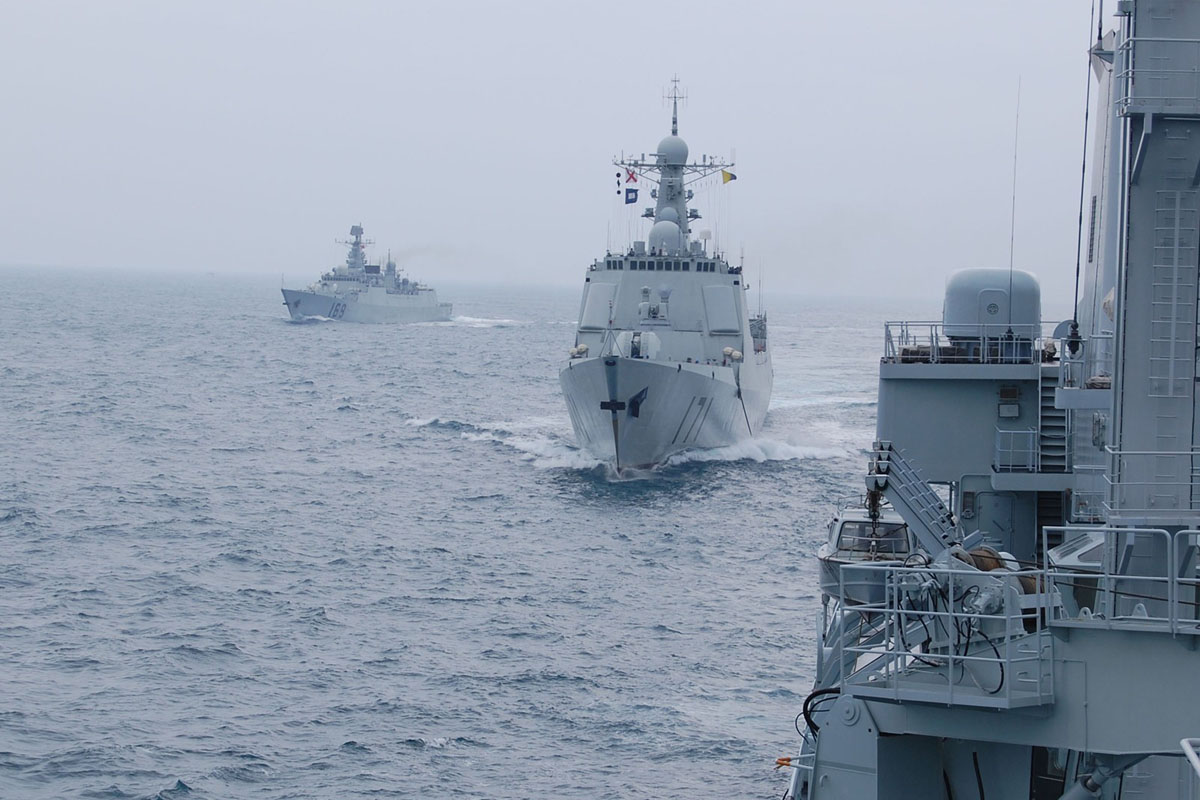  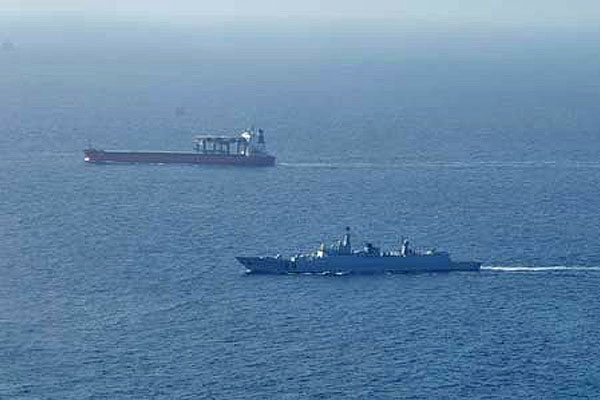 Right at the end of 2008, in response to pirate attacks against Chinese shipping in the Indian Ocean off of Somalia, the People's Republic of China deployed a task force consisting of three vessels to the area to combat the pirates. It is the first combat deployment of PLAN warships outside of the China Seas in modern history. The PLAN chose two of its best and most capable indigenouus guided-missile destroyers (a Type 052B and a Type 052C) for this operation, supported by its own indigenous replensihment ship. The Task Force will be on station for three months, to then be replaced in rotation by another Task Force consisting of sister vessels in class. This operation has already escorted numerous ships safely through the dangerous waters in convoy and will give the PLAN very valuable operational experience.
     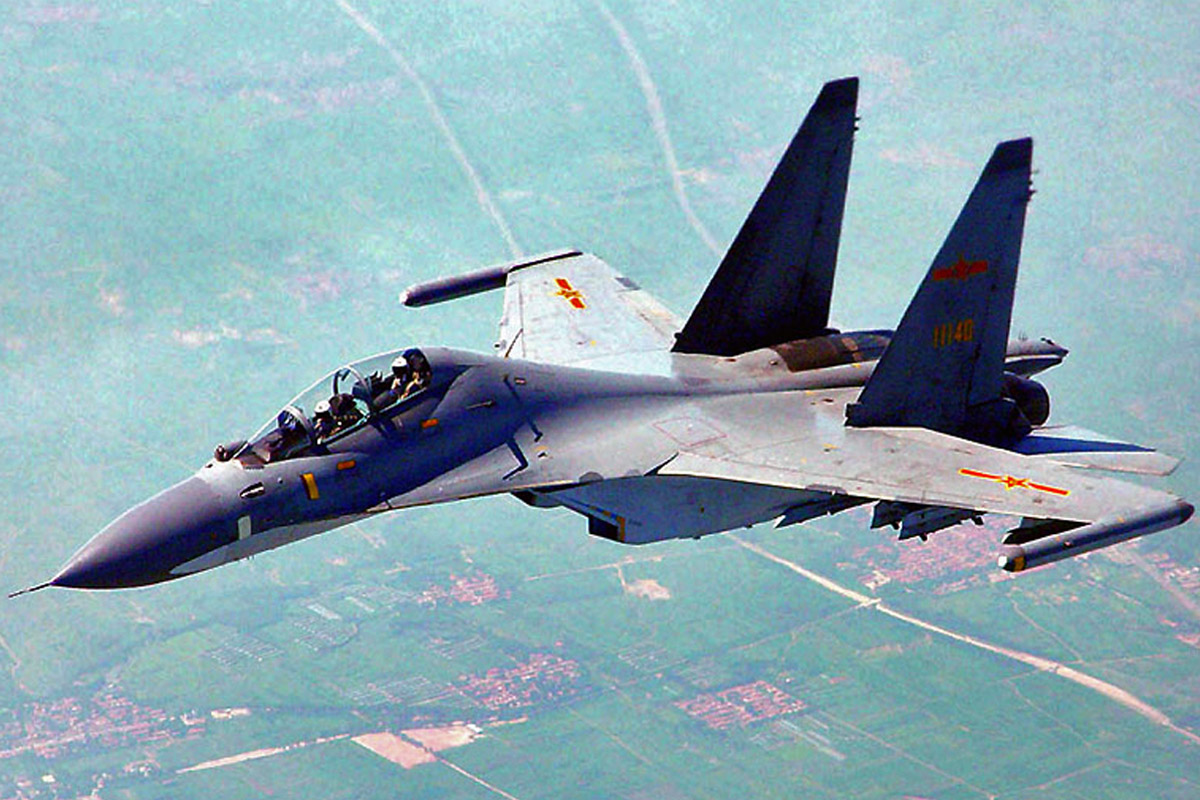  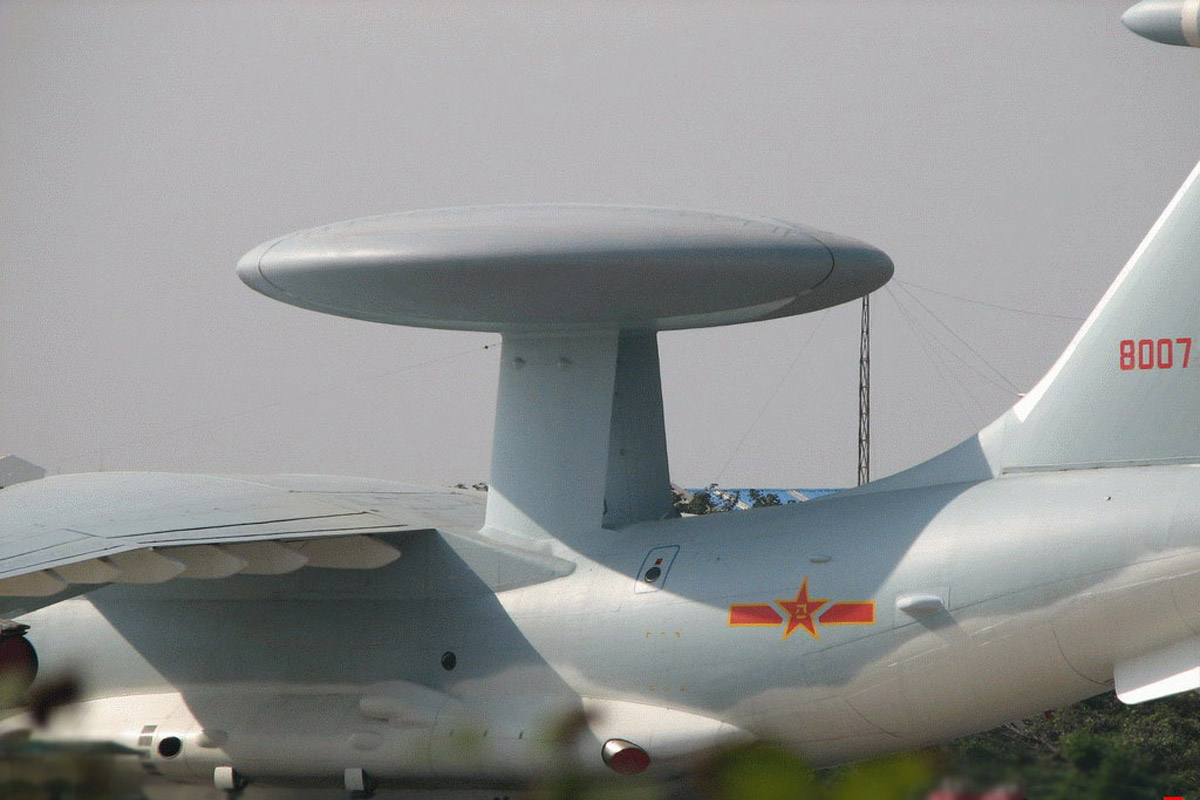  
The People's Republic has also continued to modernize the other arms of its military, particularly as regards the PLAN, the aircraft that are critical for supporting both PLAN aircraft and PLAAF aircraft, including tankers and AWACS. Once again, by way of reference, it should be noted that in general numbers, over the last several years, the PLAN has now built and launched over 95 new major surface combatants for its fleet. In that same time period, they have only decommissioned 3-5 older major surface combatant vessels while upgrading the rest, meaning they have added over 90 major surface combatant vessels to their inventory. In that same period, the US Navy has built 52 new major surface combatants and has decommissioned 49, many of them with 10-15 years of service life remaining, meaning a net gain of only three major surface combatants during this same period. It must be noted at the same time, that the US has begun to turn around its negative attrition rate, adding more ships in 2008 to the point of overcoming its decommissioning rate. This trend is expected to continue and accellerate marginally over each of the next several years. Clearly the overall trend shows that the PLAN is rapidly closing the gap between itself and the US Navy, and particualrly when focusing on the Western Pacific, which is where the PLAN is concentrated. This is a trend worthy of serious contemplation for future US Navy and other western nation's planning and acquisition schedules. | ||
Copyright © 2005-2012 by Jeff Head
JEFFHEAD.COM Hit Counter
Jeff Head's Naval Sites Hit Counter
|


